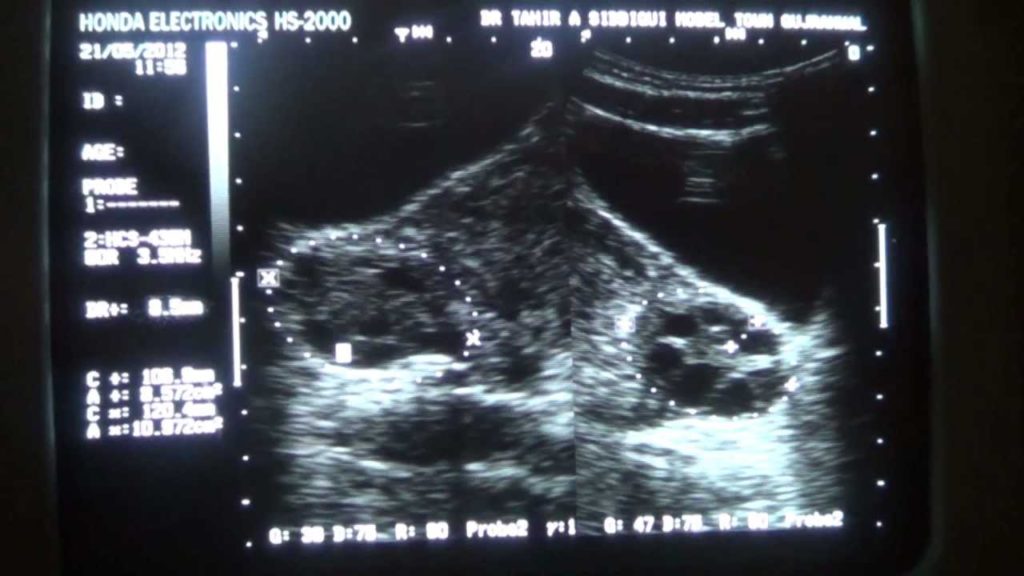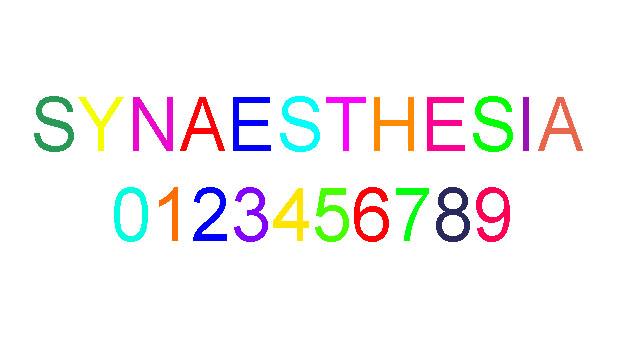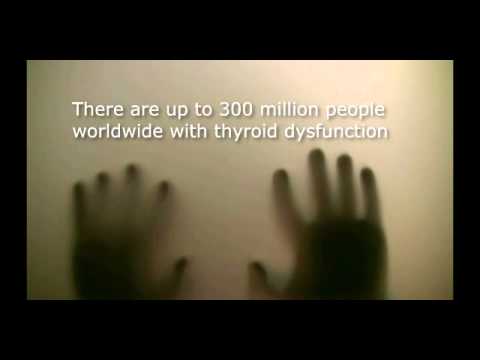Hyperacusis is the name for intolerance to everyday sounds that causes significant distress and affects a person’s day-to-day activities.
The condition can vary quite a lot. For example, some people find loud noises extremely uncomfortable, some find certain noises particularly annoying, some develop a fear of certain noises, while others experience pain when hearing ordinary sounds.
Hyperacusis affects people of all ages and is quite common in children.
The condition may just be a minor nuisance for some, but for many it can have a major impact on their life.
Symptoms of hyperacusis
Hyperacusis can either start suddenly or develop gradually over time.
When someone with the condition hears noise, they may:
feel uncomfortable
cover their ears or try to get away from the noise
feel angry, tense, distressed, or anxious
experience pain – hyperacusis can be very painful for some people
Some people become afraid of sound and avoid noisy situations, causing them to become socially isolated. School and work life can also suffer as it can be very difficult to concentrate.
When to get medical help
Visit your GP if you have a severe sound intolerance. They can examine your ears and refer you to an ear, nose and throat (ENT) consultant or a hearing specialist (audiologist) for tests if necessary.
There are no tests that can definitively diagnose hyperacusis, but you may be asked to fill in a questionnaire about your symptoms and have a hearing test to determine what level of sound causes a reaction.
Treatments for hyperacusis
There are no specific medicines or operations that can treat hyperacusis, although treating any underlying cause may help resolve the problem.
If there’s no clear cause, specialist techniques to help reduce your sensitivity to noise may be recommended.
These therapies are widely available privately, and may be available on the NHS for people with severe or persistent hyperacusis. They should only be carried out by someone specially trained in the correct techniques.
Treatment may involve:
cognitive behavioural therapy (CBT) – this aims to help you explore and change the way you think about the troublesome noises to reduce distress, change your avoidance behaviour, and help you recover from your hyperacusis symptoms
counselling and education – to support you and help you learn more about your hyperacusis
sound therapy (desensitisation) – this aims to help desensitise your hearing over several months, using special noise generators either placed in the room or in your ears (similar to hearing aids)
lifestyle changes – including learning relaxation techniques, listening to calming music or sounds, not avoiding noisy situations, and not using earplugs or muffs (these may make your ears more sensitive)
Recent research suggests patients often feel CBT, counselling and education are the most effective treatments. Some people also found sound therapy helpful, but it wasn’t clear whether it provided any additional benefit.
You may also find it helpful to get in touch with a support group, such as the British Tinnitus Association and Action on Hearing Loss, to talk to other people with hyperacusis and share your experiences.
Causes of hyperacusis
The cause of hyperacusis is unclear. It has been linked with a number of other conditions, although many people with hyperacusis don’t have any other obvious problems.
Hyperacusis has been associated with:
tinnitus – hearing sounds that come from inside your body, rather than from an outside source
hearing loss – the brain may sometimes compensate for reduced hearing by amplifying signals coming from the ears
damage to the ear or brain – including from a head injury, ear surgery, exposure to loud noise, earwax removal, glue ear, and persistent ear infections
Bell’s palsy – a type of facial paralysis
Ménière’s disease – a disorder of the inner ear that causes a spinning sensation (vertigo), tinnitus, and hearing loss
depression and post-traumatic stress disorder (PTSD)
Addison’s disease – a rare disorder of the adrenal glands, which sit near the kidneys and produce important hormones
disorders affecting the brain – such as Williams’ syndrome or autism spectrum disorder
Hyperacusis can also be a side effect of certain medications. If you’re taking any medication, check the leaflet it comes with to see if hyperacusis is listed as a possible side effect.




